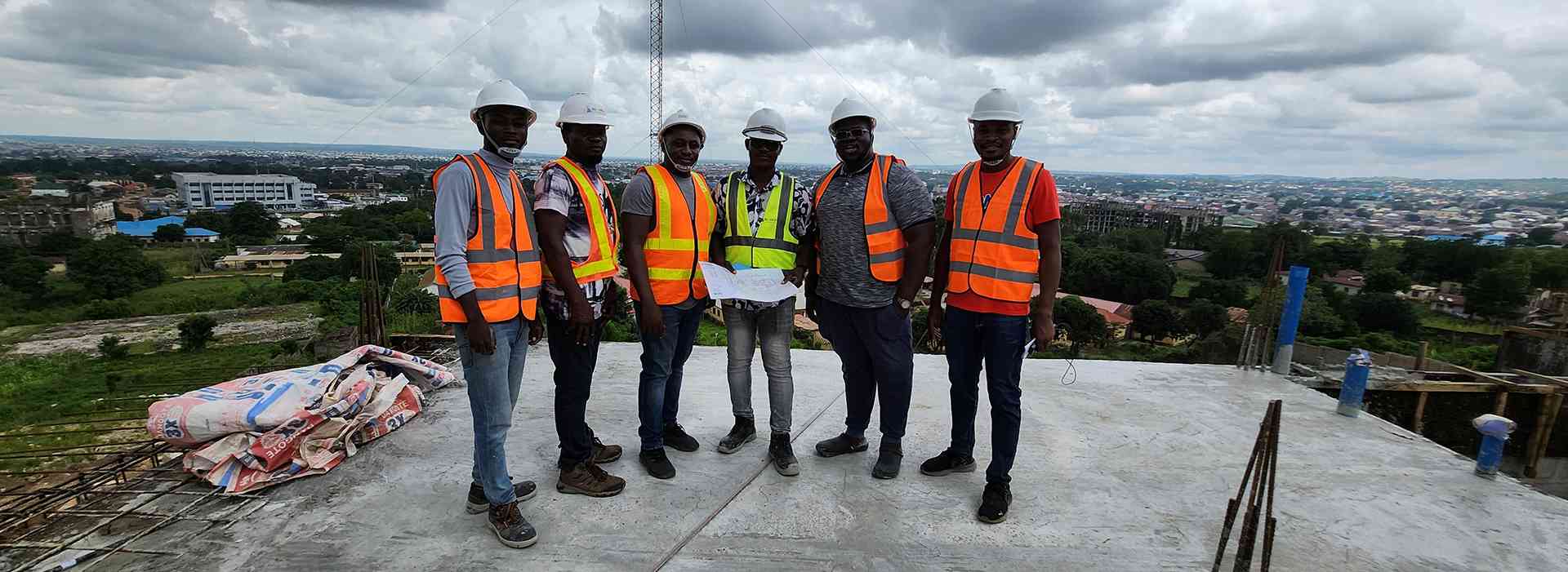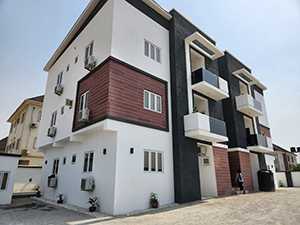Project Management
We plan and manage all our projects, including cost control, risk assessment, scheduling and meeting project deadlines, and procurement of all requirements for the projects and the project scope.

We ensure that all stages in the construction; “pre-construction, site work, rough framing, exterior construction, MEP (mechanical, electrical, and plumbing), and Finishing” are covered professionally.
1. Pre-construction
The pre-construction phase is the point where we take the idea and put it into motion. This stage involves planning, surveying, engineering, design development, permits, and more. It serves as the roadmap the rest of the project will follow.
The pre-construction phase involves a number of our professionals which may include:
- The property owner
- An architect or architectural firm
- Engineers
- A general contractor
The general contractor taking the job, the architect or design professional, an engineering firm, a surveyor, and anyone else who might need to approve the site or plans. This is also when a general contractor will start the procurement process in their search for subcontractors.
Since the project hasn’t broken ground yet, the financial risk to the companies involved in the preconstruction phase can be significant. Slow payments are a common occurrence in all phases of a construction project. While a mechanics lien is the most effective way to ensure payment, parties performing work at this stage may not have lien rights. It depends largely on the state laws where the property is located.
2. Sitework and Foundation
The second stage of construction is when the project finally breaks ground. Crews get the site ready by grading the property, digging or drilling for a foundation and footings, and developing a driveway for deliveries and subs. They’ll also drill wells and bring underground utilities to the site, like electricity and gas.
The general contractor, architect, engineer, and surveyor are all still involved at this stage, but different types of subcontractors also enter the mix. The excavation, earthwork, drilling, utilities, concrete, framing, and scaffolding subs are usually on-site and work together to get the concrete poured and the foundation ready for vertical building.
3. Rough Framing
The third of the sixth phase of construction is rough framing, and it’s when the building starts going vertical. The cranes lift the structural steel into place while steel contractors attach it to the foundation and footings.
With the steel for each floor in place, crews pour the concrete for the floors. After that, the framing sub will build the walls and give the building its main structure.
This phase is a big undertaking, but it usually involves fewer subcontractors. As always, the general contractor is on-site, along with the scaffolding sub, the framing sub, and the structural steel and metal subs. A lot of this stage involves cranes, welding, and metal framing.
4. Exterior Construction
The fourth phase of construction involves “drying in” the building or sealing it off to the elements. This stage involves installing the windows, doors, siding, roofing, any brick or plasterwork, and everything else the drawings call for on the exterior of the building.
The subcontractors on-site start looking a bit different at this stage. The general contractor is still there, along with the scaffolding and metal subs. But now the roofing, siding, glazing, doors and windows, masonry and brick, and plastering subs are there as well, closing the building off to the elements.
5. MEP (Mechanical, Electrical, Plumbing)
With the building envelope sealed, specialty subcontractors can get on site and do their jobs.
The general contractor is still on-site and overseeing the project. Mechanical contractors can install boilers, air handlers, ductwork, and other equipment. Electricians can start installing panels, generators, switchgear, distribution rooms, and pull wire throughout the building. Plumbers are also on-site, running water supply pipes as well as waste, drain, and vent pipes. This is also the stage where fire suppression and alarm subcontractors will start installing their systems, and elevator constructors can build their shafts and cars.
6. Finishes and fixtures
Of all the phases of construction, finishes and fixtures are the final push. At this point, the building starts to take its final form, inside and out.
There are many moving parts at this stage, and the general contractor has to stay on top of things to make sure it runs smoothly. The number of subs jumps tremendously: glazing, door and window, masonry, plastering, elevator, insulation, drywall, painting, tile, finish carpentry, and flooring subcontractors are all working inside the building to finish the job. Landscaping subs and swimming pool contractors might be working on buttoning up the exterior features. It’s a busy time for everyone involved.
Though it’s the final push, this phase isn’t any less risky. Communication issues over finishes, materials pricing, and changes in specs can cause massive scheduling delays. Retainage checks might be getting closer, but the strain of fund shortages and concern of bankruptcy are ever-present.
Closeout
Once the major stages of construction are in the bag, it comes time to wrap the job up. Usually, this is where a general contractor runs through the punch list of small items that still need squaring away. They may call subs back to the job site at this point to button up work that requires a speciality contractor’s attention.
Once the project meets substantial completion, final payments and retainage can go out to the individual contractors as well. This influx of cash allows the subs to float their next jobs and start the process over again.
Interested in Our Services?
Our team takes the lead in orchestrating excellent and sustainable projects. We have an eye for detail and a commitment to timelines; we ensure your project stays on track, within budget, and on target.


 Jahi Apartments
Jahi Apartments Wali Suites
Wali Suites Mastermind School of Hospitality
Mastermind School of Hospitality Villa Royale Residences
Villa Royale Residences